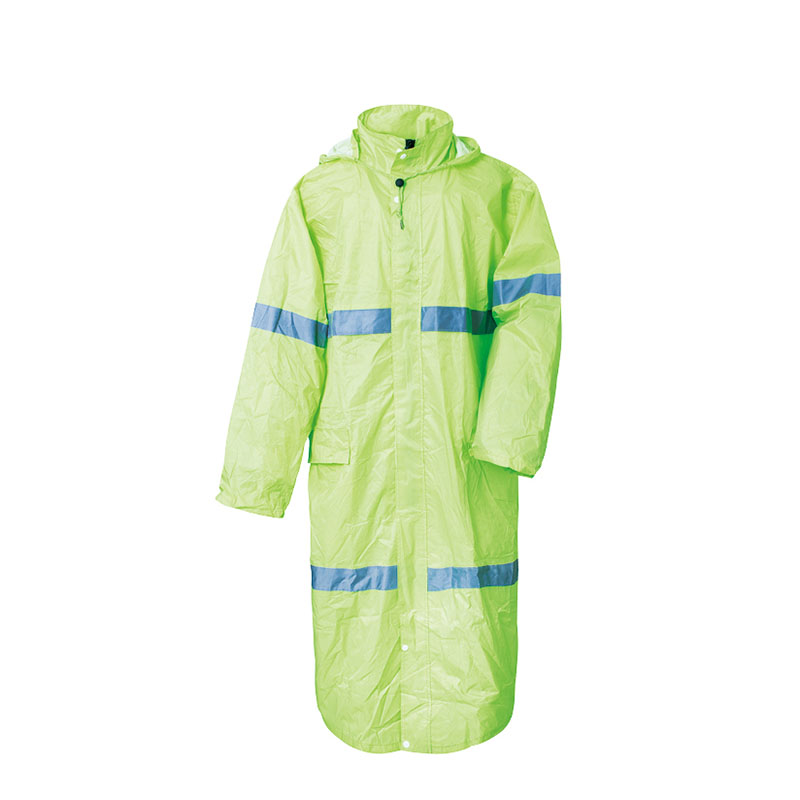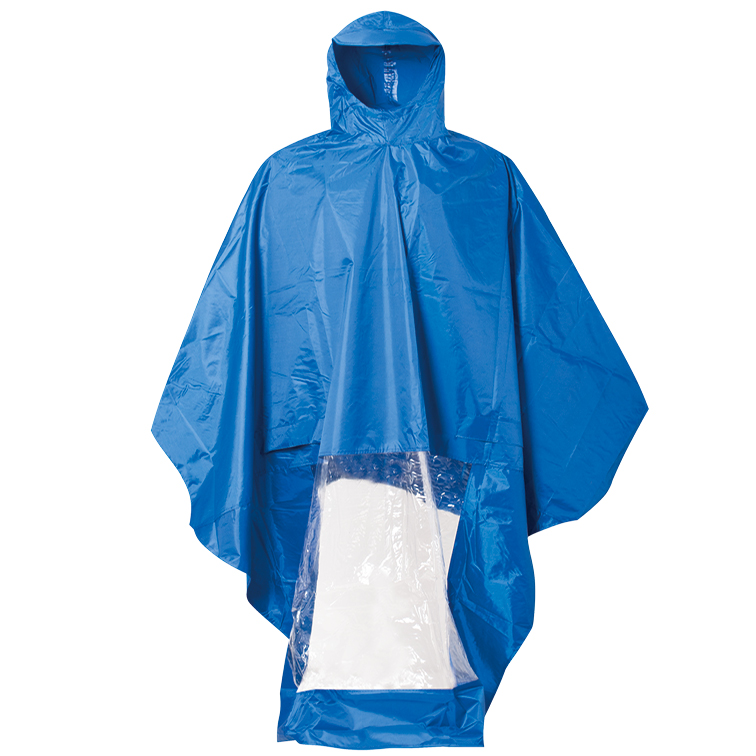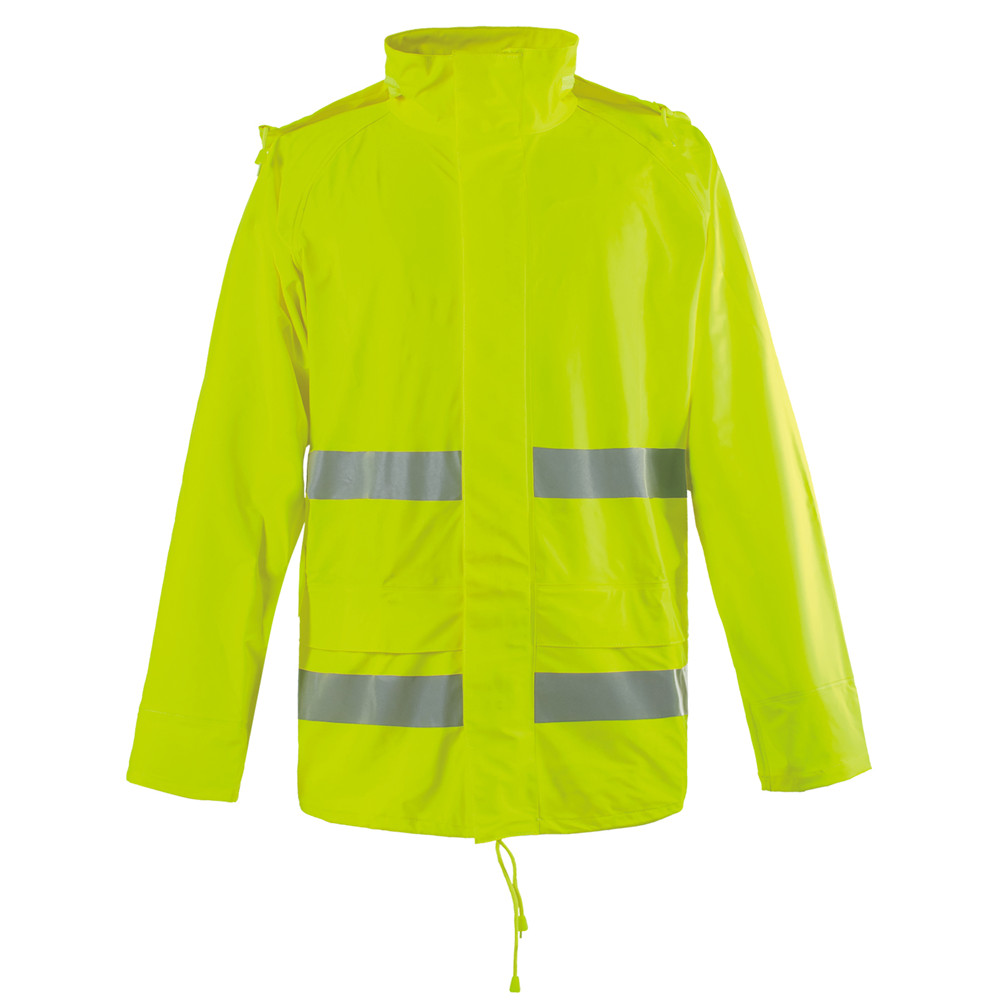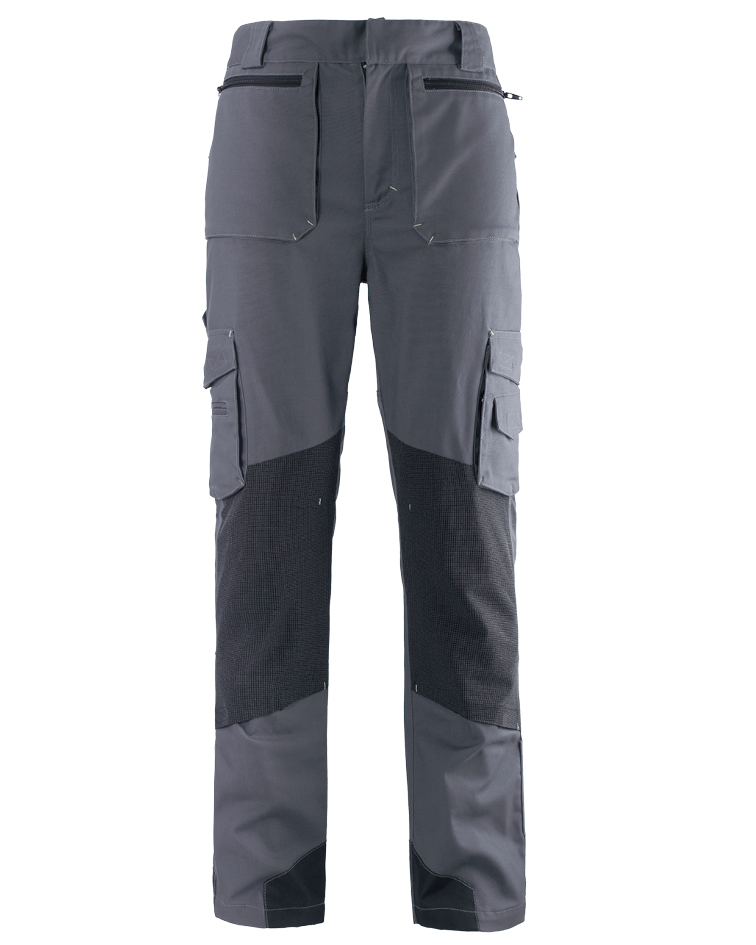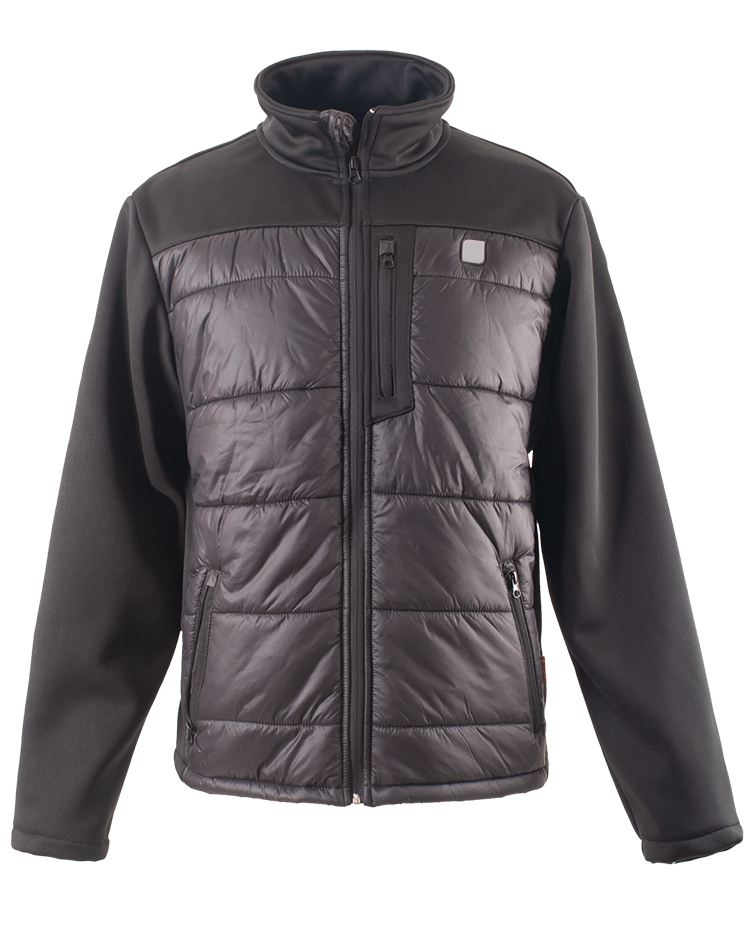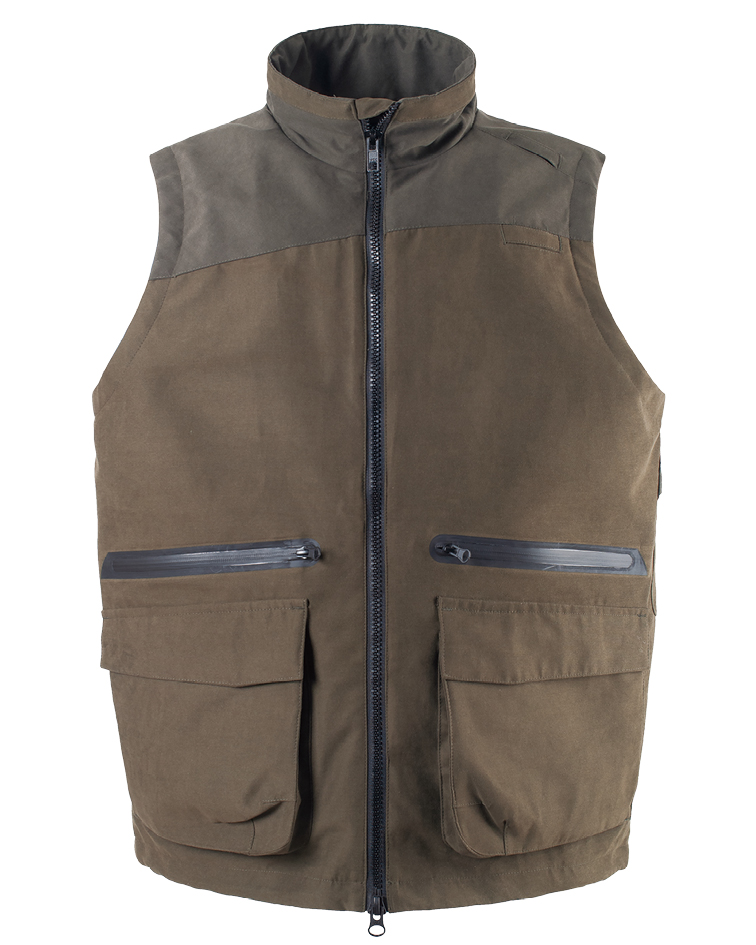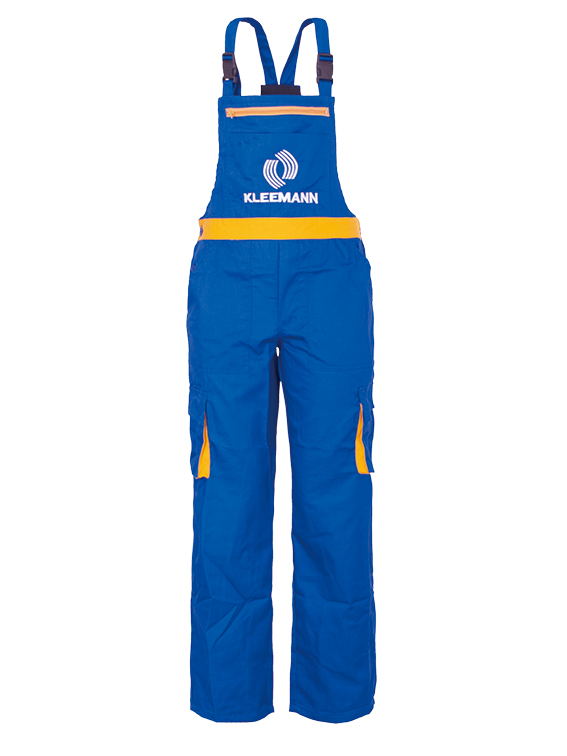Dear customers and friends:
Field-Tested Notes on the WINTER PARKA
I’ve spent enough winters chasing stories on bleak job sites and wind-blasted piers to recognize when a parka is built for real work, not just window displays. This one comes out of Shijiazhuang, China (14/F., Yisheng Building, No.68 West Heping Road) and, to be honest, it reads like a straight-talking utility piece. DM246 600D Oxford with PU coating outside, 190T polyester inside—no fluff in the spec sheet, which I kind of appreciate.

What’s happening in the market
Two big trends: durability-first workwear creeping into everyday winter use, and factories shifting toward tighter QC around water ingress. In fact, many customers say they’re tired of “featherweight” fashion jackets that seep in a drizzle. PU-coated 600D Oxford is having a moment again—tough, cost-stable, and easy to customize with reflective elements for municipal or logistics contracts.
Specs that matter (and why)
| Component | Specification (≈ / options) | Notes |
| Shell | 600D polyester Oxford + PU coating | Abrasion resistant; hydrostatic head ≈ 3,000–5,000 mm (ISO 811) |
| Lining | 190T polyester | Smooth handling; easy don/doff over fleece |
| Insulation | Poly batting, ≈120–200 g/m² (configurable) | Thermal comfort varies by spec; real-world use may vary |
| Seams | Critical seams taped (option) | Supports EN 343 compliance if specified |
| Breathability | RET ≈ 15–20 m²Pa/W (ISO 11092) | Typical for PU-coated shells |
In short, the WINTER PARKA leans on a rugged shell and straightforward thermal package. Not ultralight, but built to last.
Process flow and QC
Materials in → fabric inspection (shade, PU adhesion) → CAD cutting → stitched assembly → seam sealing (if specced) → trims install → wash/finishing → QC pack-out. Tests often referenced: ISO 811 (water column), ISO 11092 (breathability), ISO 12947 (Martindale abrasion ≥30,000 cycles is common for 600D), and ISO 6330/5077 (dimensional stability). Service life? In mixed industrial use I’d budget 3–5 winters, assuming routine laundering and no chemical abuse.
Where it shines
-
- Municipal crews and utilities needing high-visibility options
- Construction and logistics yards (forklift cold starts at 5 a.m.)
- Fisheries and coastal transport—wind + spray conditions
- Cold-storage deliveries; outdoor retail staff who stand long shifts
Advantages I noticed
-
- Tough 600D shell resists snags on pallets and scaffolds
- PU coating blocks wind and wet; easy to wipe clean
- Customizable insulation weight, reflective piping, branding
- Sensible price-to-durability ratio; good for fleet rollouts
Vendor landscape (quick compare)
| Vendor | MOQ | Lead Time | Standards Aim | Customization | Price Range |
| Dellee (this WINTER PARKA) | ≈300–500 pcs | 30–45 days | EN 343 target; REACH materials | Logos, reflective, insulation weight | Value segment |
| Generic A (import) | ≥1,000 pcs | 45–60 days | Basic water test only | Limited colorways | Low |
| Boutique B | ≈200 pcs | 50–70 days | EN 343 + OEKO-TEX | High (patterns, trims) | Premium |
Customization and compliance
Embroidery or heat-transfer logos, color-blocking, reflective tapes, and hood design tweaks are common. For tenders, ask for EN 343:2019 test reports, ISO 811 data, and OEKO-TEX/REACH statements. The WINTER PARKA platform supports these with the right BOM.
Real-world feedback
“Warm enough at -8°C with a mid-layer,” one warehouse manager told me—surprisingly specific. Another buyer liked the scuff resistance: “Doesn’t fuzz up on block walls.” Temperature ratings are tricky (ASTM F2732 helps), but users generally peg the WINTER PARKA as a solid daily driver for cold, wet shifts.
Mini case studies
Municipal fleet: 600 pcs with reflective piping and name badges; post-deployment claims dropped for wet-through after switching to taped-seam option.
Cold-chain distributor: Swapped to heavier 180 g/m² insulation spec; staff reported better comfort during dock waits, with negligible change in mobility.
Citations
- EN 343:2019 Protective clothing—Protection against rain. https://standards.cen.eu
- ISO 811:2018 Textiles—Determination of resistance to water penetration. https://www.iso.org
- ISO 11092:2014 Thermal and water-vapour resistance (sweating guarded hotplate). https://www.iso.org
- ASTM F2732-17 Standard Practice for Determining the Temperature Rating of Cold Weather Protective Clothing. https://www.astm.org
- OEKO-TEX Standard 100—Textile safety certification. https://www.oeko-tex.com
- EU REACH Regulation (EC) No 1907/2006. https://echa.europa.eu
Post time: Nov . 06, 2025 20:05

